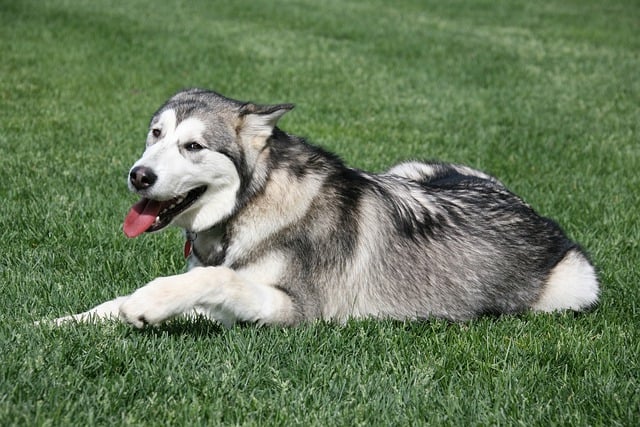
How can I tell if my dog's heatstroke is serious
Let’s be real: It’s a sticky August morning in Los Angeles, and you took your 2-year-old Golden Retriever, Max, for a walk a little later than usual
Seeing your dog constantly licking a red, angry patch on their flank? That's likely a hot spot – an intensely itchy, inflamed skin infection common in humid summers or after flea bites. Scientifically called acute moist dermatitis, it starts from minor irritation (like trapped moisture under thick fur) that triggers a relentless lick-chew cycle, breaking the skin barrier and letting bacteria thrive. Bathing becomes crucial, but doing it wrong worsens the inflammation.
Start by consulting your vet before bathing. Hot spots often need prescription antibiotics or anti-itch sprays, and bathing alone won't cure a deep infection. Rule out underlying allergies or parasites first – neglecting this could violate animal welfare norms in places like California, where untreated painful conditions may be reported. Once cleared, gather gentle supplies: a hypoallergenic, colloidal oatmeal shampoo (like Aveeno's pet formula), lukewarm water, a soft washcloth, and cotton balls for their ears. Avoid human shampoons – their pH disrupts dogs' acid mantle, increasing vulnerability.
Prep your space. Apartment dwellers, lay old towels in a tub or use a detachable showerhead to minimize splash damage – landlords in NYC often deduct deposits for water stains! Gently place cotton balls in their ears to prevent painful otitis. Use lukewarm, never hot, water – test it like baby milk on your inner wrist. Soak the area slowly; sudden pours startle sensitive dogs. Apply diluted shampoo sparingly around (not directly on) the hot spot, massaging outward with your fingertips. Rinse for twice as long as you lather – residual soap is a major irritant. Imagine rinsing peanut butter out of a shag rug; that’s the diligence needed.

Pat dry with microfiber towels – no rubbing! – followed by 10 minutes of cool air from a hairdryer held 12+ inches away. Damp fur under collars reignites hot spots. Skip the groomer for now; shared tubs and forceful drying at commercial salons often aggravate lesions. Instead, ask about mobile groomers specializing in reactive pets.
Crucially, pair bathing with positive reinforcement. If Fido shivers or resists, offer lick mats smeared with peanut butter during the rinse. Never scold – Ohio and 23 other states explicitly prohibit "corrective" actions causing distress. Post-bath, monitor for chewing. An Elizabethan collar isn't punishment; it’s medical necessity. Remember your civic duties too: if walking them before fully healed, carry enzyme-based poop bags (required in all US national parks) and avoid dog parks – open sores risk spreading MRSA to other pets.
Stubborn spots needing daily baths? Alternate with vet-recommended chlorhexidine wipes. Consistency and calm win here. That first sigh of relief when your pup finally stops scratching? Worth every careful step.

Let’s be real: It’s a sticky August morning in Los Angeles, and you took your 2-year-old Golden Retriever, Max, for a walk a little later than usual

You're enjoying a summer afternoon at the park when you notice your dog has stopped panting and appears disoriented - their gums are bright red

Let’s paint the picture: You’re in your Denver apartment, watching your 4-year-old Boston Terrier, Ruby, plop down mid-play session with her favorite toy

Many dog owners notice their pets nails seem shorter after regular walks,but how much does this daily activity actually help?The answer depends on where you walk—concrete sidewalks or asphalt streets gently file nails as a dog's paws hit the ground

Most dog owners notice their pup scooting across the carpet at some point, but few connect it to impacted anal glands. These small sacs near a dog’s rectum secrete a scent for marking territory

Most vets agree that regular dog teeth cleaning is key to avoiding painful dental issues later. For healthy adult dogs, a professional cleaning at the vet’s office every 12 to 18 months usually works well.